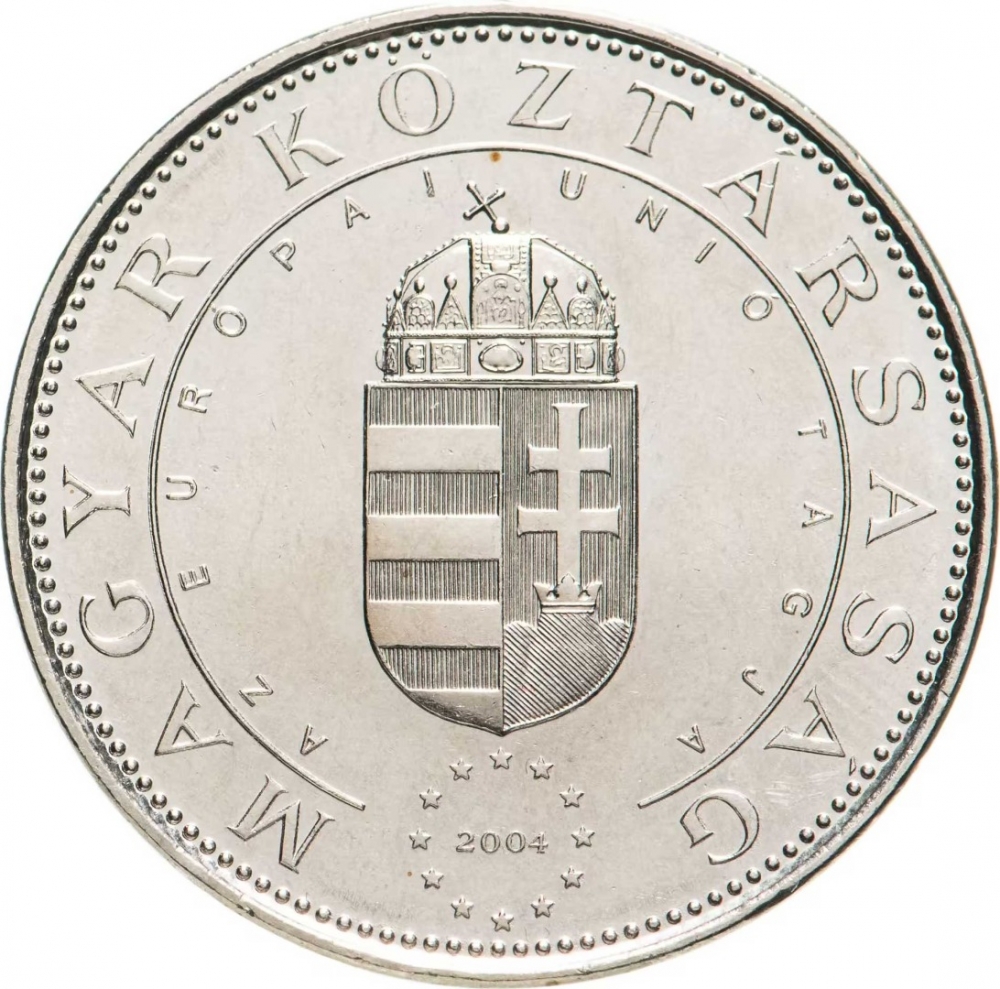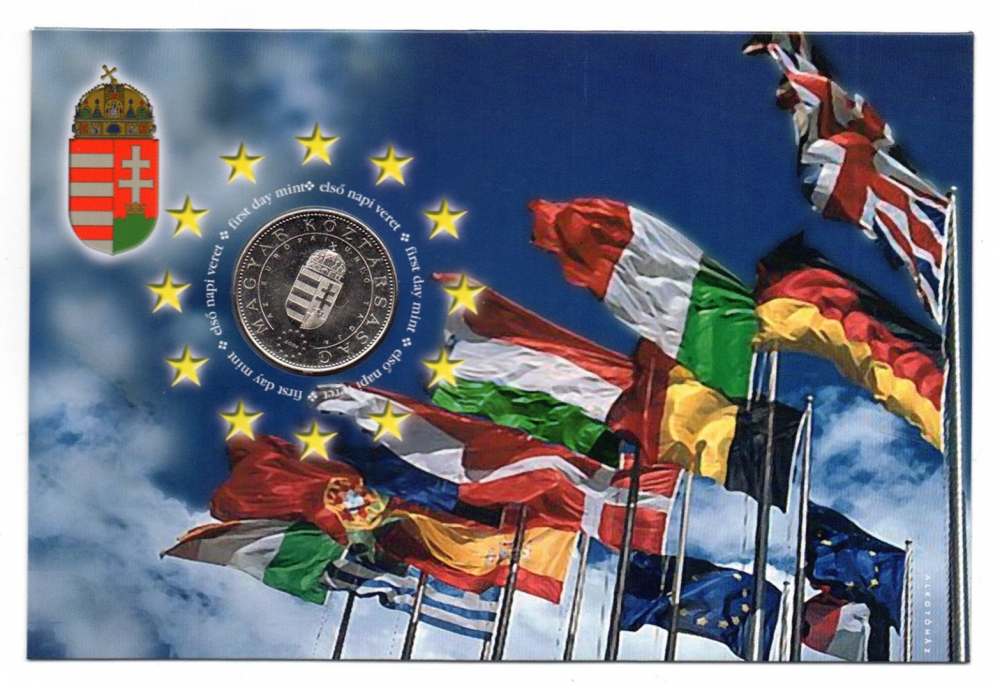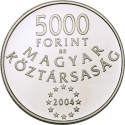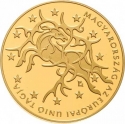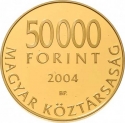You are about to finish your registration. Please check your mailbox (including spam folder). There should be a letter with a confirmation link. Check setting to make sure that your e-mail address is correct.
Send letter againDescription
Hungary's integration into the European Union marks a pivotal move toward political, economic, and cultural unity for the nation. Prior to joining the EU, Hungary had set European integration as a long-term objective, pledging allegiance to European values and standards.
The process leading to Hungary's EU membership commenced in the early 1990s after the collapse of communism in Central and Eastern Europe. The country underwent substantial political, economic, and social transformations to meet EU criteria.
EU accession yielded various advantages for Hungary, including expanded trade prospects, access to EU funding for infrastructure and development initiatives, and participation in EU decision-making. Furthermore, it underscored Hungary's adherence to democratic principles, the rule of law, and human rights, all fundamental EU values.
Hungary's entry into the European Union marked a significant milestone in its post-communist evolution and its integration into the broader European community.
Obverse

|
Depicts the coat of arms of the Republic of Hungary. Below it, the year of minting is positioned within a wreath of twelve stars representing the European Union, surrounded by the inscription "HUNGARIAN REPUBLIC MEMBER OF THE EUROPEAN UNION." MAGYAR KÖZTARSASAG |
|---|---|
Reverse

|
Depicts within the pearl-bordered, the denomination composed of slightly overlapping digits. Below the denomination, decorative lines are found on the left and right sides. Beneath the denomination, inscriptions and the mintmark are arranged horizontally in two rows. 50 |
| Edge |
50 Forint
Third Republic
KM# 773 Adamo# FOEM3
Characteristics
| Type | Commemorative Issue (Circulating) |
| Material | Cupronickel |
| Weight | 7.6 g |
| Diameter | 27.4 mm |
| Thickness | 1.7 mm |
| Shape |
|
| Alignment | Medal |
| Mint |
Budapest Mint (BP)
|
